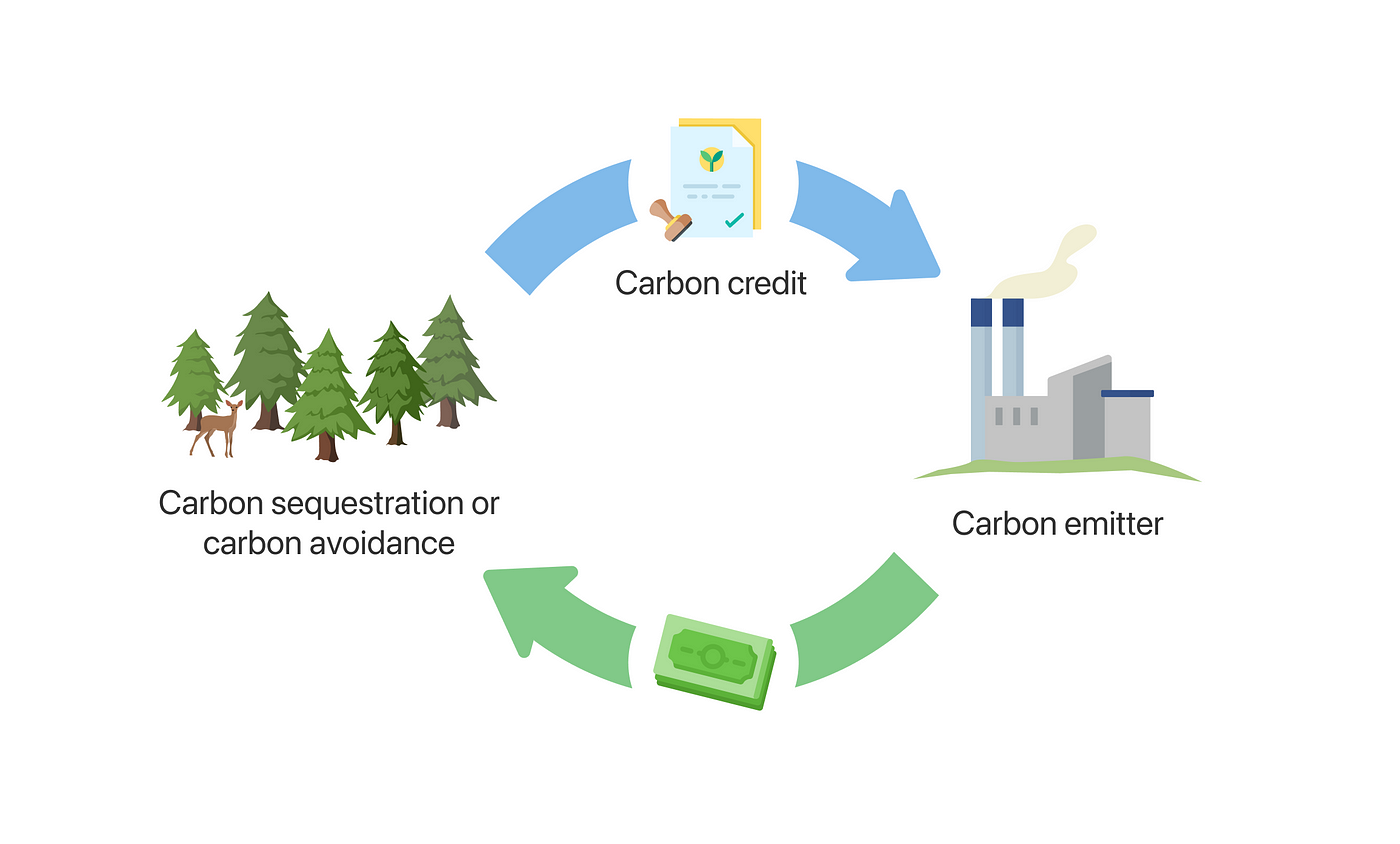In recent years, renewable energy has emerged as a cornerstone in the fight against climate change and the quest for sustainable development. With global energy demands soaring and the adverse effects of fossil fuels becoming increasingly evident, the transition to renewable energy sources has never been more critical.
What Are Renewable Energy Sources?
Renewable energy sources are derived from natural processes that are replenished constantly. Unlike fossil fuels, which are finite and contribute significantly to greenhouse gas emissions, renewable energy offers a cleaner, more sustainable alternative. Key renewable energy sources include:
- Solar Energy: Harnessed from the sun’s rays, solar energy can be converted into electricity using photovoltaic cells or concentrated solar power systems. It is one of the most abundant and accessible forms of renewable energy.
- Wind Energy: By converting the kinetic energy of wind into mechanical power, wind turbines provide a significant source of clean electricity. Offshore and onshore wind farms are increasingly common worldwide.
- Hydropower: Utilizing the flow of water to generate electricity, hydropower remains one of the oldest and most widely used renewable energy sources. It is highly reliable but depends on the availability of water resources.
- Geothermal Energy: Heat from beneath the Earth’s surface can be used for power generation or direct heating applications. Geothermal energy is particularly viable in regions with high tectonic activity.
- Biomass Energy: Organic materials such as wood, agricultural crops, and waste can be converted into bioenergy. Biomass is versatile and can be used for heating, electricity generation, and transportation fuels.
Benefits of Renewable Energy
- Environmental Protection: Renewable energy significantly reduces greenhouse gas emissions and air pollution, contributing to a healthier planet.
- Energy Security: By diversifying energy sources, countries can reduce dependency on imported fuels and enhance energy security.
- Economic Growth: The renewable energy sector creates millions of jobs in manufacturing, installation, and maintenance. It fosters technological innovation and stimulates local economies.
- Resilience: Distributed renewable energy systems are less vulnerable to large-scale disruptions, improving resilience against natural disasters and grid failures.
Challenges and Solutions
Despite its advantages, the adoption of renewable energy faces challenges, including high initial costs, intermittent supply, and the need for extensive infrastructure. However, advancements in technology and supportive policies are addressing these hurdles. For instance:
- Energy Storage: Improved battery technologies are mitigating issues with intermittency by storing surplus energy for use during low production periods.
- Grid Modernization: Upgrading energy grids to accommodate decentralized and variable renewable sources is essential for seamless integration.
- Incentives and Subsidies: Government policies such as tax credits, feed-in tariffs, and grants are encouraging investments in renewable energy.
The Road Ahead
The transition to renewable energy is no longer a choice but a necessity. As global awareness and technological capabilities grow, the shift towards a cleaner, more sustainable energy future becomes increasingly achievable. Individuals, businesses, and governments all have a role to play in accelerating this transformation.
Investing in renewable energy is investing in a sustainable, prosperous, and resilient future for all. By embracing clean energy solutions, we can mitigate climate change, protect natural ecosystems, and ensure a better quality of life for generations to come.
